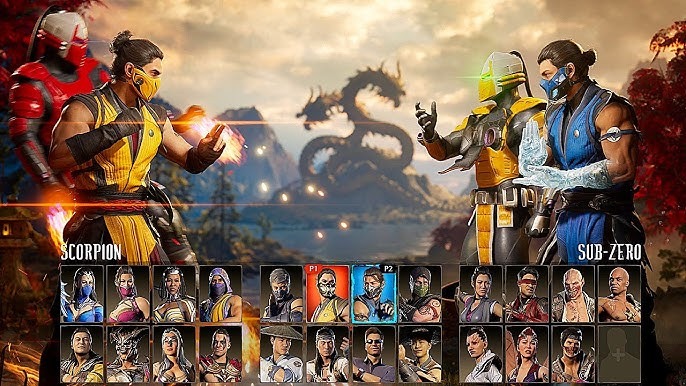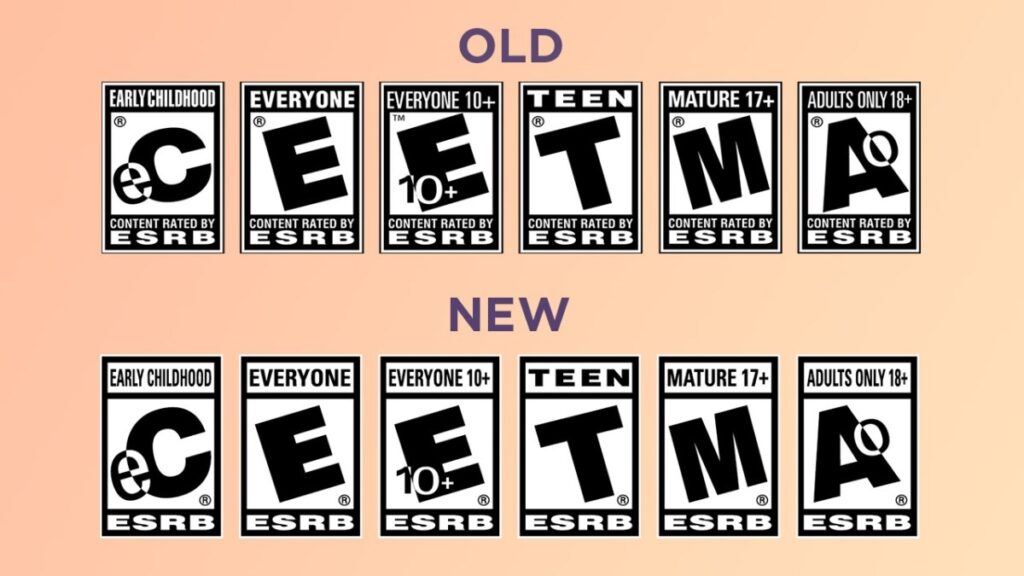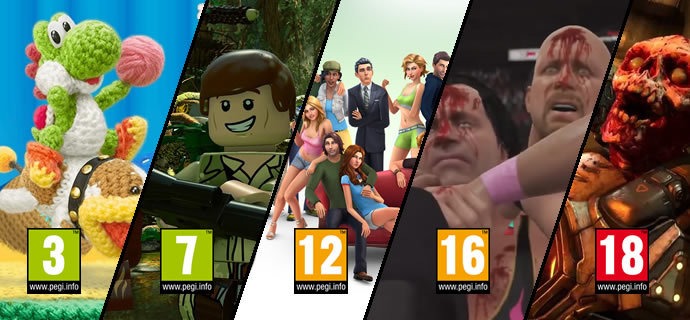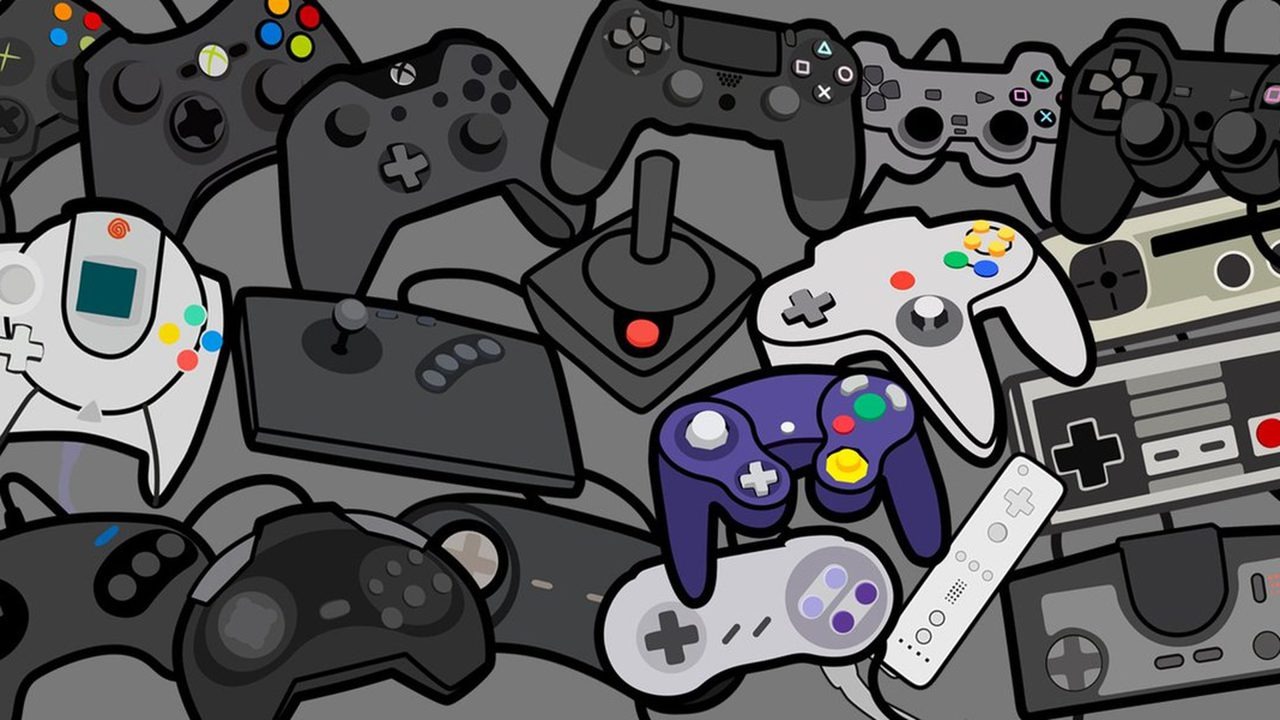In the early days of gaming, no one thought Pac-Man or Space Invaders needed a warning label. Games were colorful, innocent distractions — not cultural battlegrounds. But as graphics improved and stories grew darker, video games entered the realm of controversy.
From Mortal Kombat’s blood splatters to Doom’s demonic corridors, the 1990s forced parents, politicians, and developers to confront a new question: How do we protect young players without stifling creativity?
At Oldies Nest, we’re diving into the fascinating story of how game ratings evolved — from the wild, unregulated arcade era to today’s sophisticated global systems. It’s a journey through moral panic, cultural misunderstanding, and the gaming industry’s fight for legitimacy.
Before the Ratings: The Wild West of Gaming
In the 1970s and early ’80s, video games were considered toys, not art. Arcades were places of neon light, not moral concern. Titles like Pong, Donkey Kong, and Asteroids were simple, skill-based fun.
There were no ratings — because no one thought they were needed.
Yet, even then, some early controversies emerged. Games like Death Race (1976), which rewarded players for running over stick-figure “gremlins,” caused headlines. Critics called it “sick and morbid.”
But without widespread home consoles, the debate faded quickly. It wasn’t until the early ’90s — when gaming entered living rooms — that the real cultural storm began.
1992–1993: The Scandals That Sparked Regulation
Two games changed everything: Mortal Kombat and Night Trap.
Mortal Kombat (1992): Fatalities and Fear

When Mortal Kombat hit arcades, its digitized fighters and graphic finishing moves were revolutionary — and shocking. Parents were outraged by the blood, and politicians saw an easy target.
Night Trap (1992): Misunderstanding the Medium
This full-motion video horror game for the Sega CD let players switch security cameras to protect teenage girls from masked intruders. It was campy and harmless by today’s standards, but at the time, it was labeled “perverse and dangerous.”
The Fallout
In 1993, both titles triggered U.S. Senate hearings led by Senators Joe Lieberman and Herb Kohl. Lawmakers accused the gaming industry of corrupting youth.
Under threat of government regulation, major companies like Sega and Nintendo realized they needed a unified, industry-wide rating system — fast.
1994: The Birth of the ESRB
The Entertainment Software Rating Board (ESRB) was founded in 1994 by the Entertainment Software Association (ESA) to provide clear age and content guidelines.

It was modeled partly on the movie industry’s MPAA system, but with more specific categories.
Original ESRB Ratings (1994):
- EC (Early Childhood) – Ages 3+
- KA (Kids to Adults) – Ages 6+
- T (Teen) – Ages 13+
- M (Mature) – Ages 17+
- AO (Adults Only) – Ages 18+
The first rated game: Doom for PC, given an M rating.
Sega, which had previously introduced its own rating system, merged into the ESRB structure — helping unify the industry.
From that point forward, every major U.S. release included an age label and content descriptor.
It wasn’t just damage control — it was a turning point. Gaming had officially grown up.
Nintendo vs. Sega: The Morality War
The ESRB also marked a shift in brand identity.
- Nintendo doubled down on its family-friendly reputation, emphasizing colorful, violence-free adventures.
- Sega, meanwhile, embraced its edgier side, marketing the Genesis as the console for “real” gamers.
This rivalry, covered in Sega vs. Nintendo Console Wars, mirrored the cultural divide between parents and teenagers in the ’90s — one side craving safety, the other rebellion.
But in the end, the ESRB gave both companies cover. It allowed them to publish bold, mature games while claiming social responsibility.
The Global Spread of Rating Systems
As gaming went global, other regions developed their own frameworks:

| Region | System | Established | Example Ratings |
|---|---|---|---|
| North America | ESRB | 1994 | E, T, M |
| Europe | PEGI | 2003 | 3, 7, 12, 16, 18 |
| Japan | CERO | 2002 | A, B, C, D, Z |
| Australia | ACB | 2005 | G, PG, M, MA15+, R18+ |
| Brazil | ClassInd | 2001 | L, 10, 12, 14, 16, 18 |
Each system reflected cultural values — Japan emphasized maturity and sensitivity, Europe focused on violence and discrimination, while the U.S. leaned heavily on parental choice.
Despite differences, they all shared one goal: making gaming safe and accountable without censorship.
The Internet Era: Digital Stores and New Challenges
By the 2000s, gaming had shifted from physical cartridges to digital distribution, complicating enforcement.
Platforms like Steam, PlayStation Store, and Xbox Live needed to apply ratings automatically across thousands of titles, including indie games.
At the same time, mobile and casual gaming exploded — millions of new players, including children, were now gaming online.
The ESRB responded with automated tools like the International Age Rating Coalition (IARC), letting developers instantly generate regional ratings for digital stores.
Still, controversies persisted — from Grand Theft Auto: San Andreas’s hidden “Hot Coffee” scene to debates over loot boxes and gambling mechanics.
Gaming’s cultural reach had grown beyond anything the ESRB could have predicted in 1994.
From Moral Panic to Cultural Acceptance
Interestingly, the same games that caused outrage in the ’90s are now studied as artistic milestones.
- Doom is archived as a technical masterpiece.
- Mortal Kombat continues as a global franchise with movie adaptations.
- Night Trap was re-released in 2017 — this time with an ESRB rating and critical praise for its campy charm.
Society’s view of gaming evolved from “corrupting youth” to “legitimate entertainment.”
And the ESRB, once seen as a reactive measure, became an industry standard that helped legitimize video games as a responsible medium.
Preserving the Past: Why Rating History Matters
For retro enthusiasts, understanding old ratings is part of game preservation. Archiving isn’t just about code — it’s about context.
Early packaging, parental warnings, and even outdated moral guidelines tell us how society viewed gaming at the time.
Just like old movie posters or censorship boards, these labels are cultural documents — proof that video games had to fight for artistic recognition.
The Physical Media Connection
Old cartridges, discs, and manuals often carried the first rating icons — the original fingerprints of gaming’s self-regulation.
Collectors today prize complete-in-box copies not just for rarity, but because they capture an era when these icons were brand new.
Holding a cartridge with that first ESRB logo feels like holding history — a symbol of gaming’s evolution from toy to cultural force.
The Modern Landscape: Beyond Age Labels
Today, game ratings do far more than warn about violence. They cover:
- Online interactions
- In-game purchases
- User-generated content
- Gambling elements
- Accessibility features
This evolution mirrors gaming’s transformation into a multi-dimensional medium. The same technology that once sparked fear now enables storytelling, community, and competition — as we explored about The Birth of Esports.
The world finally accepts that games, like films or books, can be for anyone — and that responsibility lies in transparency, not censorship.
Conclusion: From Controversy to Credibility
The story of game ratings isn’t just about regulation — it’s about growing up.
The same system born from political outrage now protects creators, educates players, and preserves freedom of expression.
The ESRB, PEGI, and others have turned once-feared technology into a respected art form — one that can tell dark stories, challenge players, and still remain responsible.
In a way, the evolution of game ratings mirrors the evolution of gaming itself: from misunderstood entertainment to mainstream culture.
And as long as people keep pressing “Start,” the dialogue between creativity and responsibility will continue — because that balance is what keeps gaming alive, relevant, and human.




